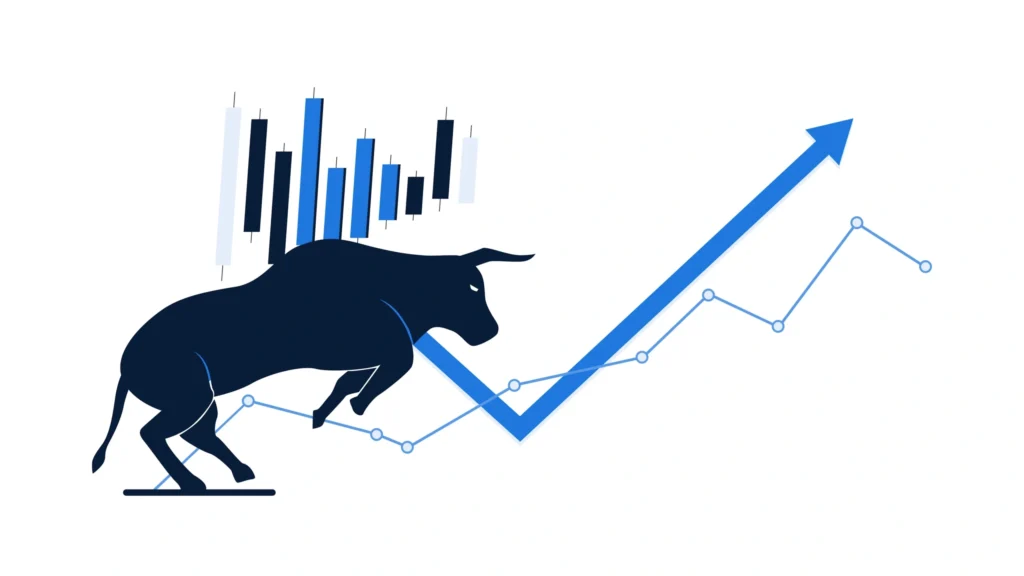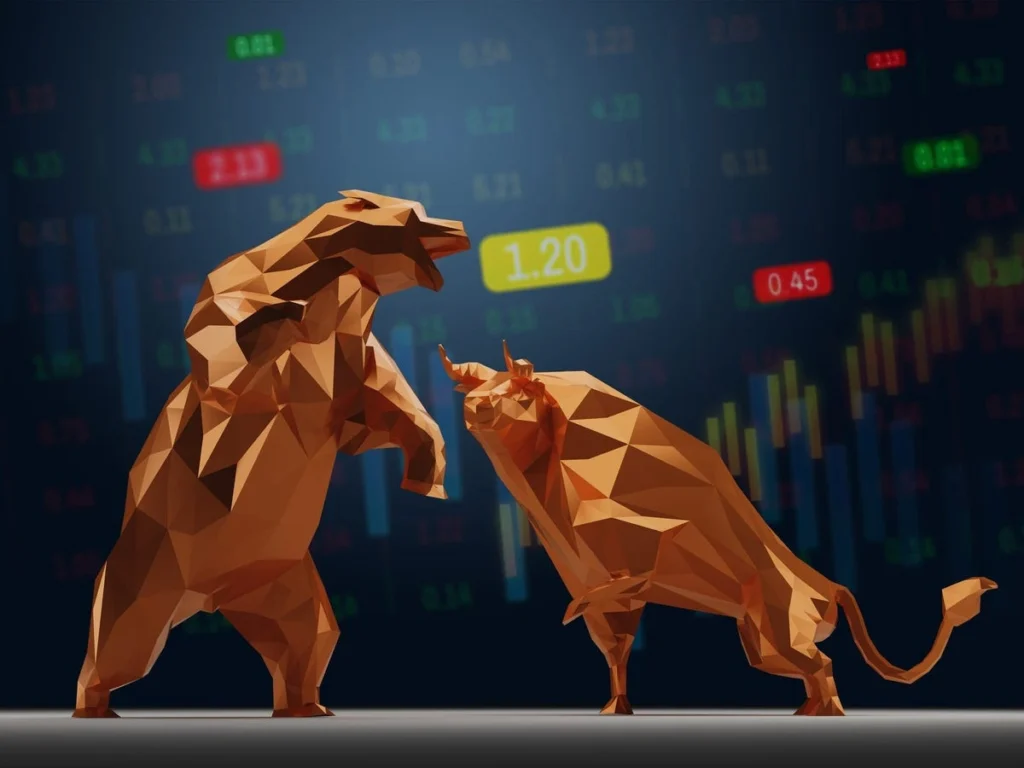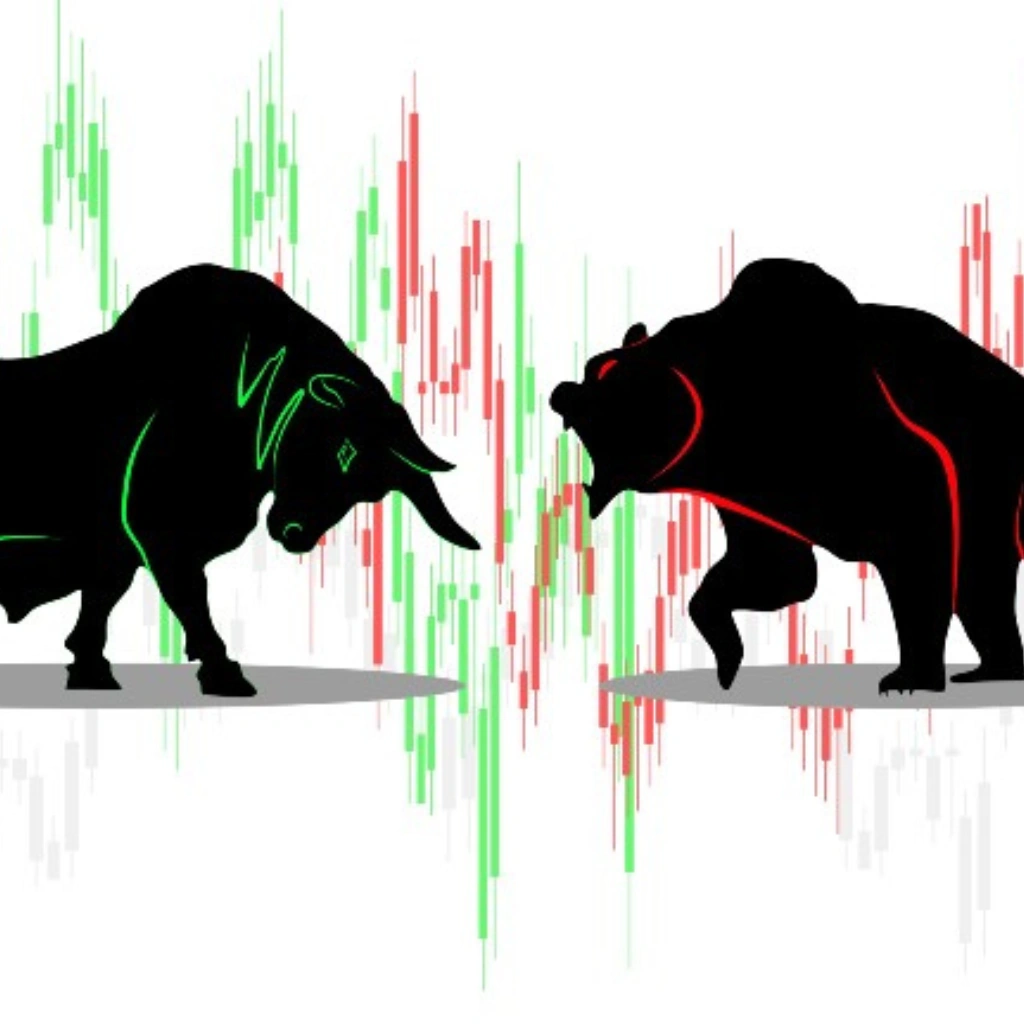Understanding the Basics of Market Mood Swings
You’ve probably heard the terms “bull” and “bear” tossed around when people talk about the stock market. Maybe it came up during a dinner conversation, or maybe you caught it scrolling through your favorite finance blog. Either way, understanding bull vs bear markets isn’t just for Wall Street pros—it actually matters more than you might think.
Let’s dig into what these terms really mean, how they affect our wallets, and why knowing the difference can make you a savvier investor… or at least sound like one.
What Is a Bull Market, Anyway?

A bull market is basically the market on a caffeine high. Prices are going up—stocks, indexes, crypto (sometimes), you name it. Investors are feeling good, the economy’s looking strong, and people are optimistic about the future. It’s the kind of market where folks feel comfortable throwing their money into the ring.
Technically speaking, a bull market is usually defined as a rise of 20% or more in stock prices from a recent low. But it’s also a vibe, right? When there’s momentum, there’s confidence, and that confidence can keep pushing the market higher.
Key Traits of a Bull Market:
- Investor confidence is strong
- Economic indicators (like employment and GDP) are generally positive
- Stocks and other assets keep gaining value
- People are more willing to take risks
Bear Markets: The Mood Swings of the Market

On the flip side, a bear market is, well, a bit of a downer. Prices are falling—usually by 20% or more from a recent high—and fear or pessimism starts to creep in. People panic-sell, news headlines get dramatic, and suddenly everyone becomes an armchair economist.
Bear markets can happen for all sorts of reasons: rising interest rates, inflation concerns, geopolitical tension, or just an overdue correction. They’re a natural part of the cycle, but that doesn’t make them any less nerve-wracking.
Signs You’re in a Bear Market:
- Stocks fall across the board
- Investor sentiment turns cautious or outright negative
- Companies may cut back on hiring or spending
- The media tends to focus on “recession fears”
Bull vs Bear Markets: The Core Differences

Now, here’s where it gets interesting. Bull vs bear markets don’t just differ in direction—they’re like two entirely different mindsets. Imagine walking into a room where everyone’s either celebrating or holding onto their wallets for dear life. That’s the kind of energy shift we’re talking about.
| Factor | Bull Market | Bear Market |
|---|---|---|
| Stock Prices | Rising | Falling |
| Investor Mood | Confident, optimistic | Fearful, cautious |
| Risk Appetite | Higher | Lower |
| Economic Outlook | Strong or improving | Weakening or uncertain |
| Investment Strategy | Growth-focused | Defensive or value-focused |
Bull vs Bear Markets: What Causes These Market Swings?

This is the million-dollar question. And truthfully? There’s no single answer. Market cycles are influenced by a cocktail of factors: economic data, political events, investor psychology, global trends, and sometimes just plain-old speculation.
For instance, a tech boom might fuel a bull market, while a housing crisis could spark a bear one. Even a tweet from the wrong person at the wrong time (ahem, Elon) can jolt the market in unexpected ways.
How Should You React to Bull vs Bear Markets?

Let’s be honest—timing the market perfectly is basically a unicorn dream. Even the pros get it wrong. But understanding where we are in the cycle can help you make smarter moves.
In a Bull Market:
- Consider taking profits on overvalued stocks
- Stay disciplined—don’t chase every trend
- Rebalance your portfolio if needed
In a Bear Market:
- Look for quality stocks at discounted prices
- Avoid panic-selling—easier said than done, we know
- Stick to your long-term strategy (seriously, it works)
And if you’re not sure? Sometimes the best move is just to do… nothing.
Why This Stuff Matters (Even If You’re Not an Investor)

Even if you don’t actively invest, bull and bear markets can still touch your life. Your retirement account, your company’s hiring plans, the economy overall—it’s all connected.
Understanding the bull vs bear markets isn’t about predicting the future. It’s about being informed enough to ride the waves without freaking out every time the market takes a dip—or celebrating too early when it spikes.
Final Thoughts: The Market Is Always Moving

If there’s one thing to take away, it’s this: markets move in cycles. Bull markets don’t last forever… and neither do bear ones. Things rise, fall, and rise again. That’s just how it goes.
Whether you’re investing your first hundred bucks or just trying to keep up with financial news, knowing the basics of bull vs bear markets can give you a leg up. It won’t make you rich overnight—but it might save you a headache (or two) down the road.
Relevent news: Here





